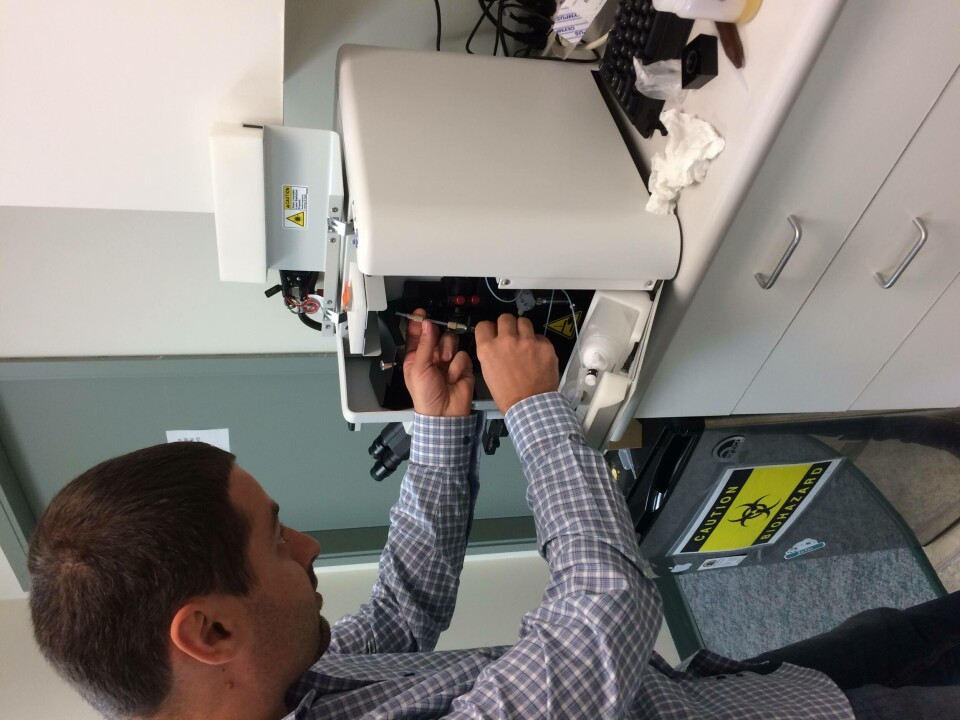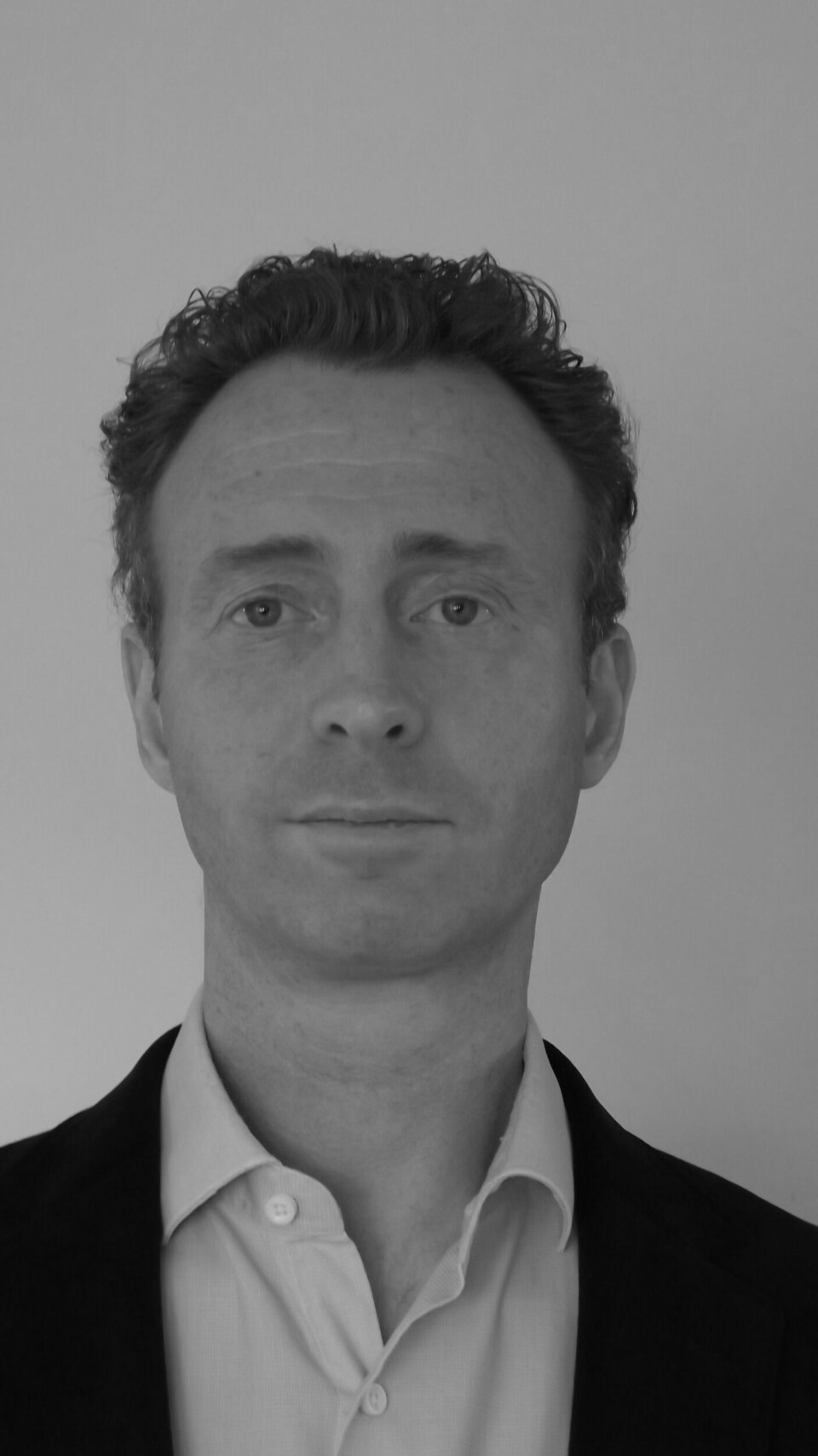
Grieg turns to technology to tackle algal blooms
Grieg Seafood Shetland is to use industry-leading particle analysis instrumentation to stay ahead of harmful algal blooms (HABs) and keep fish stocks healthy.
The FlowCam, made by US firm Fluid Imaging Technologies, Inc is the first automated particle analysis instrument to use digital imaging for measuring size and shape of microscopic particles in a fluid medium. Grieg has bought three – two for use in Scotland and one for British Columbia (BC). Grieg Seafood Shetland’s FlowCams will be the first to be used for salmon aquaculture in Europe.
Grieg Seafood Shetland is also trialling aeration systems as it attempts to prevent any repeat of its losses in 2015, when algal blooms arrived on the west coast of Shetland in August and remained for several months. The company was forced to harvest one and a half million fish before they reached market size. After making an operating profit of more than £6 million in 2014, Grieg Shetland slumped to an operating loss of more than £14m.
Increasing problem

“HABs, together with complex gill disease (a mixture of protozoans, bacteria and viruses which can colonise the gills once physical damage has resulted from plankton blooms) have been an increasing problem during the past two years,” says Grieg Seafood Shetland’s managing director Grant Cumming.
“The reasons for this are not clear and we don’t know if we have just been a little unlucky the last two years or if this is a symptom of other environmental changes. What is clear is that we have to take action to mitigate these effects and act as if this is the new normal until we know otherwise. To this end we are now sampling plankton daily on all our sites and are determining our actions (to feed, to treat, etc) depending upon the results.
Accuracy of the identification
“In order to increase the size of the samples and the accuracy of the identification we have purchased two FlowCams and will be employing a plankton expert going forward.
"While the problem in BC is largely based around dinoflagellates, our main issue in Scotland is related to diatoms. The issue is not so much toxicity from algal blooms but rather physical damage to the gills as the algae slice though the lamellae. This physical damage then allows pathogens to colonise the gills. In particular AGD [amoebic gill disease].
"We are sampling all sites every two weeks with FVG [Fish Vet Group] to pick up early if the amoebae are present and we are then treating before the disease becomes clinically present to try and ensure that in the event of a HABs incident we start with as low a background level of amoebae as possible.”
Cumming added: “It has been seen that aeration can help to reduce plankton levels by upwelling deep water which generally contains less plankton. Trials have shown that we need to make sure we are taking the water from as deep as possible as many of the species which cause us problems can be found as deep as 25m.
“We are now purchasing and installing aeration systems for commercial application but we have still not committed to one particular system. We will trial a number of systems over this year to determine which is best.”
A more detailed version of this article can be found in August's issue of Fish Farming Expert magazine.






















































